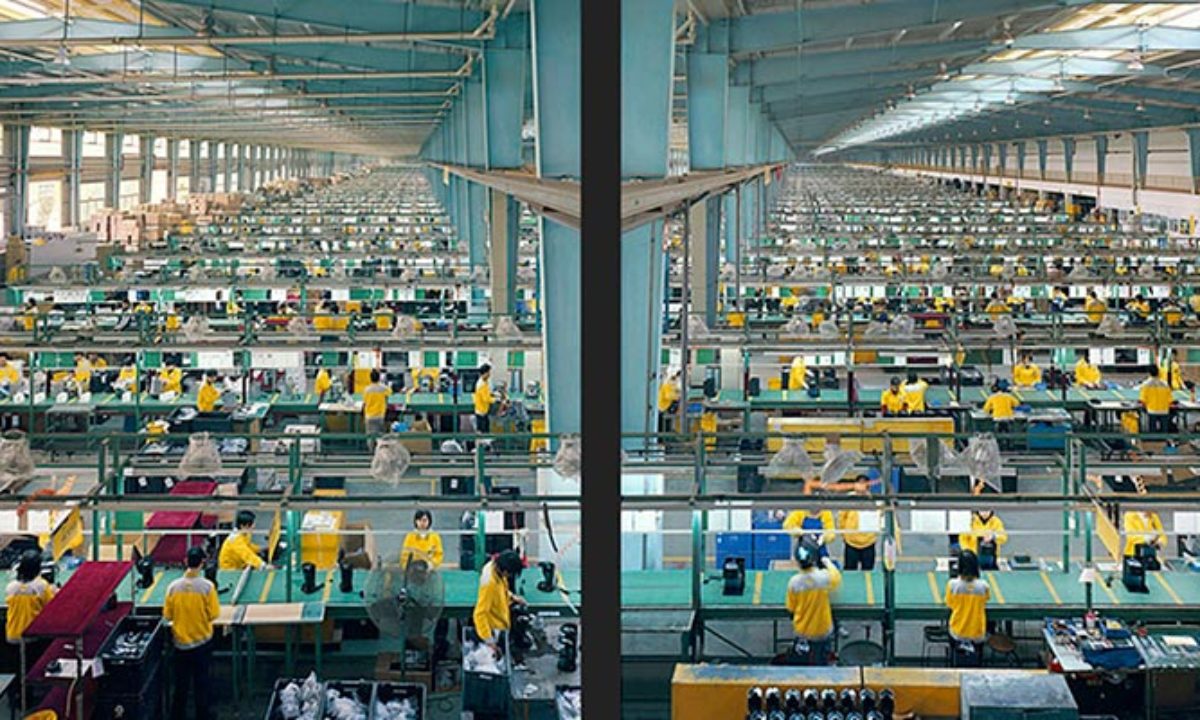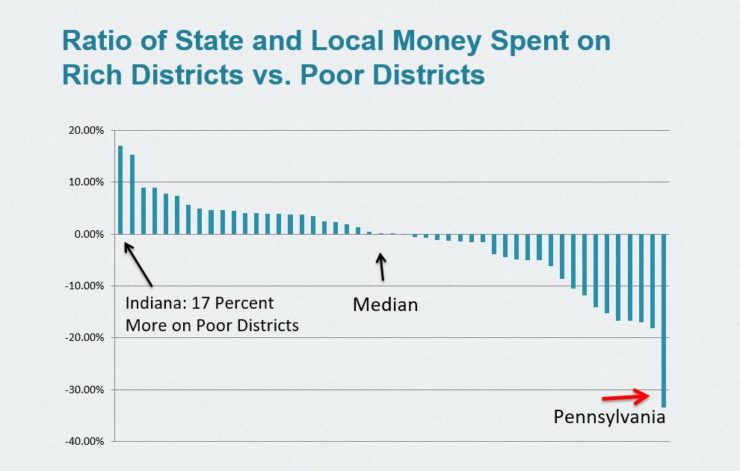A large tenet of Donald Trump’s campaign in 2016 was the restoration of American manufacturing. Trump sought to restore America to its former economic glory as the world’s manufacturer superpower. How did he go about doing this once in office? Tariffs.
According to most economists, tariffs, which make foreign goods more expensive for domestic consumers by fiat, damage economic well-being, reduce net production, increase unemployment, and reduce incomes. Tariffs also tend to be regressive, burdening lower-income consumers the most.

According to a model created by the Tax Foundation, the tariffs imposed under the Trump administration and remaining in place under the Biden administration will reduce long-run GDP by 0.22 percent ($55.7 billion) and wages by 0.14 percent and eliminate 173,000 full-time equivalent jobs.
Another problem with tariffs is retaliation. In response to Trump’s actions, other countries imposed retaliatory tariffs on U.S. exports, which is estimated to further reduce U.S. GDP by 0.04 percent ($9.4 billion) and eliminate 29,000 full-time equivalent jobs.
So, tariffs reduced and will continue to reduce wealth…but have they returned manufacturing to the U.S.?
Short answer: sort of. 483,000 manufacturing jobs had been added during his presidency before the pandemic-induced recession. An admirable increase, but hardly a mass migration back to the States.
Trump did have his thumb on a real issue, however. Over the past 50 years, manufacturing’s share of gross domestic product in the U.S. has shrunk from 27% to 12%. Between 2000 and 2010, nearly six million jobs in U.S. manufacturing were lost. During this time, China quickly rose to prominence as an industrial superpower and the world’s leading manufacturer.
It is important to consider how exactly this happened. It’s simple: Chinese workers are cheaper than American workers. And it’s not only that the Chinese work for less, they work for longer hours, as many companies illegally force excruciating overtime hours upon employees.

This is, of course, the result of free trade and free markets: companies will manufacture where labor is cheapest and profit is highest. Interfering policies like tariffs attempt to disrupt this tendency.
Most of us are aware of this reality. After all, who can forget the stories surfacing of Chinese manufacturers installing nets at the top of their buildings to prevent worker suicide?
So perhaps there is a moral mandate to return manufacturing to nations with greater worker protections like the United States. There may also be an economic mandate, as offshore manufacturing has resulted in a U.S. trade deficit of $310.3 billion with China in 2020. The two nations undoubtedly depend on each other, but China has the upper hand.

